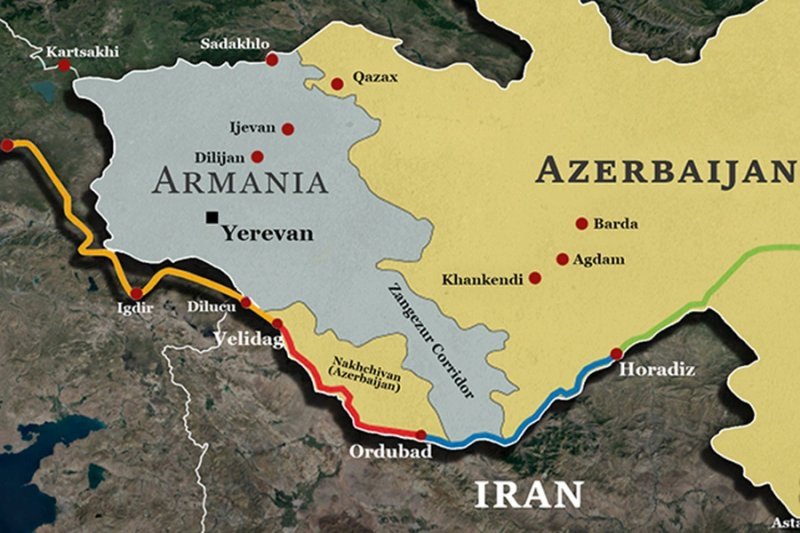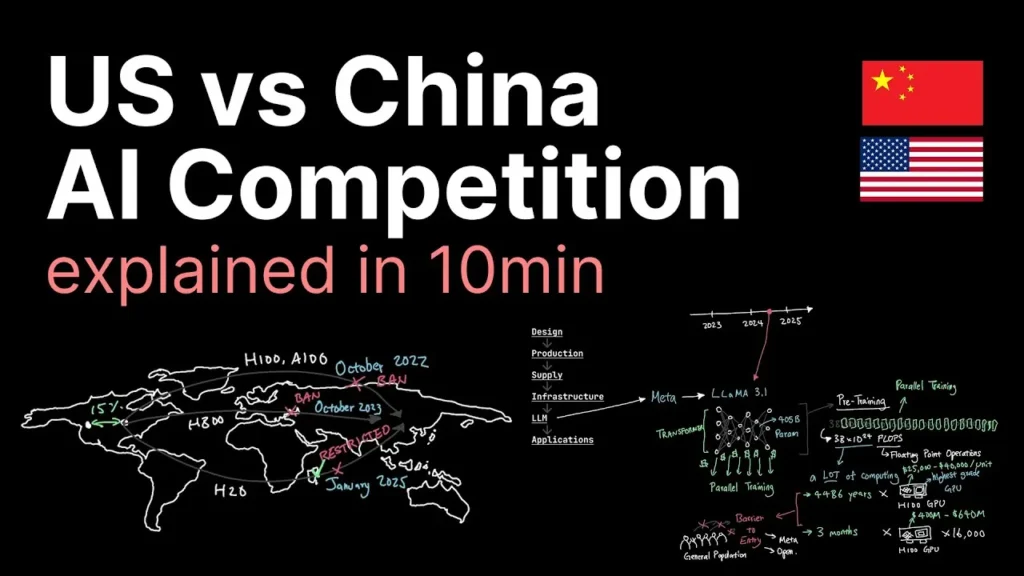OPINION
Aritra Banerjee* dwells on how China has weaponized technology to suppress faith, speech, and dissent on the Tibetan Plateau, cutting Tibetans off from each other, their diaspora, and the wider world, causing a profound erosion of cultural identity, with the endgame being assimilation and Sinification, all of which makes its claim of having achieved near-universal digital connectivity there a cruel joke.
In the high plateau of Tibet, where mountains echo with the chants of monks and centuries-old traditions endure, another kind of silence has taken hold. This silence is not of the landscape but of the digital realm, engineered through blackouts, censorship, and surveillance. Since 2019, China has intensified a campaign of digital authoritarianism in Tibet, effectively cutting Tibetans off from each other, their diaspora, and the wider world. The result is a profound erosion of cultural identity, with technology weaponized to suppress faith, speech, and dissent.
Internet Blackouts: Plunging Tibet into Digital Darkness
Internet shutdowns have become a blunt instrument of control in Tibetan regions. Authorities routinely sever connections during politically sensitive anniversaries such as the March 10th Uprising of 1959, the Dalai Lama’s birthday on July 6th, and during local protests. The Derge dam demonstrations of February–March 2024 saw entire prefectures thrown into blackout, with police using digital forensics to track and arrest demonstrators.
While Beijing touts Tibet’s near-universal digital connectivity—with 98 percent of villages linked by over 60,000 mobile base stations and 5G coverage in every town—this infrastructure has become a tool of coercion. Blackouts, sometimes affecting millions, have turned these networks into kill switches, plunging communities into enforced isolation and opacity.
Censorship: Erasing Tibetan Language and Culture Online
The Great Firewall of China blankets Tibet, blocking global platforms such as Google, WhatsApp, and YouTube while censoring all references to the Dalai Lama, independence, and human rights. More recently, Douyin, Kuaishou, and Bilibili imposed bans on Tibetan-language livestreams and videos. By 2023–2024, minority language content was routinely scrubbed, erasing digital expressions of culture and stripping Tibetans of livelihoods built around online platforms.
The assault on cultural identity extends offline. The closure of the Gangjong Sherig Norbu Lobling school in July 2024, after three decades of operation, echoed across the community. Its closure was mirrored online: Tibetan-language websites and cultural accounts were shut down, ensuring little trace remained. These closures underscore Beijing’s dual strategy—suffocating cultural life in both physical and digital domains.
Posting a photo, joining a chat group, or sending a message abroad can now land Tibetans in prison. Since 2021, at least 60 arrests have been documented for “politically motivated” phone and internet offences. Among the most striking:
- Bumpa Gyal (2022), sentenced to seven years for providing technical support to cultural websites.
- Four monks (2021), sentenced to up to 20 years for contacting counterparts in Nepal.
- Losel (2024), a monk who died in custody after torture; his “crime” was sending information abroad.
During the Drichu River protests of early 2024, more than 1,000 Tibetans were detained. Authorities scanned WeChat and Douyin for evidence, demonstrating how digital trails have become instruments of collective punishment. Even benign acts—such as wishing a monk happy birthday on WeChat—can be construed as subversion.
Surveillance Infrastructure: The Digital Panopticon
China’s control is underpinned by an extensive surveillance ecosystem. Tibet is divided into “grid units,” each monitored by state security and AI-enabled CCTV with facial recognition, echoing Xinjiang’s notorious model. Citizens are coerced into installing the “National Anti-Fraud Centre” app, which grants authorities sweeping access to contacts, GPS, call records, and biometric data.
Police conduct routine phone inspections, often in monasteries or public squares, seizing devices containing banned material. In Sershul (2021), 117 Tibetans were detained in a single sweep. Residents are also encouraged to police each other, with rewards of up to 100,000 RMB (≈$14,000) for reporting digital dissent. Together, these practices create an omnipresent sense of vulnerability: everyone is a potential informant, and every device a liability.
Monasteries, Schools, and Protests under Siege
The crackdown disproportionately targets monasteries, schools, and local resistance movements. In addition to school closures, monks and nuns face heightened scrutiny, with online religious activity punished as “illegal dissemination.” Protests—such as those against dams on the Drichu River, threatening six monasteries—are swiftly quashed through internet shutdowns, mass arrests, and forensic tracing of shared images and videos. Digital repression has become an extension of physical policing, aimed at extinguishing both resistance and its memory.
Beyond Borders: Transnational Repression
Tibetans abroad are not beyond reach. In Switzerland and elsewhere, activists report surveillance and intimidation by Chinese actors, with families inside Tibet threatened for their relatives’ political activities overseas. As a result, many exiles avoid any contact with their families back home, fearing reprisals. This enforced silence fractures communities and deepens the isolation that Beijing has engineered.
Tibet and Xinjiang: Parallel Laboratories of Control
The digital regime in Tibet mirrors that of Xinjiang, with both regions serving as testbeds for AI policing, biometric data harvesting, and predictive surveillance. The objective is the same: eroding distinct cultural and religious identities while projecting a façade of “harmony.”
In 2024, Freedom House ranked Tibet 0/100 in global freedom, equating it with Xinjiang as the least free region in the world. More than one million Tibetan children are believed to have been forced into Mandarin-only boarding schools, while DNA from one million residents, including children as young as five, has been collected under the guise of health programs. These figures underscore the scale of digital and biological intrusion.
Tibet’s plight has drawn sharper international attention in recent years. At the UN’s Universal Periodic Review in January 2024, more than twice as many states raised Tibet compared to 2018. The US House of Representatives passed the “Resolve Tibet Act” in February 2024, bolstering legal commitments to Tibetan autonomy.
Sanctions from the US and EU continue to target Chinese officials and entities implicated in abuses, though Beijing has consistently denied UN investigators access to the region. Rights groups, including Human Rights Watch and Amnesty International, warn that without greater global pressure, Tibet risks becoming an invisible casualty of digital dictatorship.
The purpose of these measures is clear: assimilation and Sinification. By controlling communication, Beijing seeks to sever Tibet’s ties with its diaspora, dismantle cultural identity, and eliminate the potential for organised dissent. Tibet functions as both a frontier and a laboratory—where the Chinese Communist Party perfects repressive technologies later rolled out in Xinjiang and potentially exported abroad.
Tibet’s digital repression reveals the devastating fusion of technology and authoritarian governance. What appears as modernisation—5G towers, apps, surveillance grids—is in fact an architecture of control designed to silence an entire people. Internet blackouts enforce isolation, censorship erases cultural expression, surveillance breeds fear, and dissent is criminalised at scale.
As global attention pivots to Xinjiang, Tibet’s quieter digital suffocation risks being overlooked. Yet its trajectory shows the dangers of unchecked digital authoritarianism: a society where every word, click, and gesture is monitored, and where silence itself becomes the only form of survival. Unless the international community amplifies Tibet’s disconnected voices, the Great Firewall’s shadow will deepen, obscuring the reality of a people fighting to preserve their identity in the digital age.
—
* Aritra Banerjee is a Defence, Foreign Affairs & Aerospace Journalist, Co-Author of the book ‘The Indian Navy @75: Reminiscing the Voyage’ and was the Co-Founder of Mission Victory India (MVI), a new-age military reforms think-tank. He has worked in TV, Print and Digital media, and has been a columnist writing on strategic affairs for national and international publications. His reporting career has seen him covering major Security and Aviation events in Europe and travelling across Kashmir conflict zones. Twitter: @Aritrabanned







